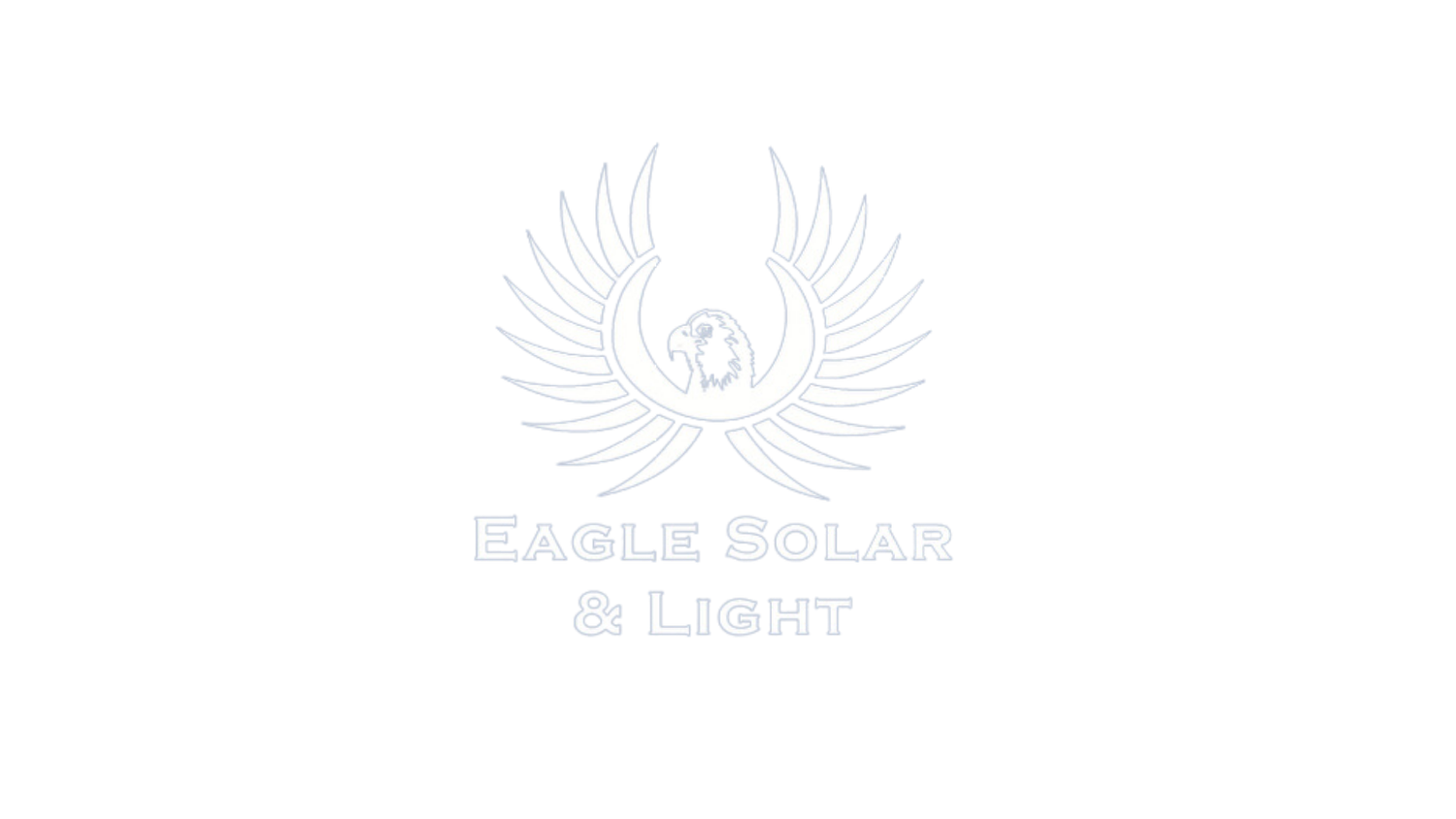I Saw The Light
My first experience with solar power was in Mugaa, Kenya, 1998. Mugaa is a small village named for the Kikuyu word for acacia tree. I was a Peace Corps Volunteer (PCV), teaching in a small secondary school. When I first arrived in Kenya, I had heard of other PCVs espousing the benefits of a single solar panel to power a few lights and most important to me at that time - a cassette player. The choice was clear: I could continue to buy d-cell batteries and kerosene for a lantern; or I could spend my entire monthly stipend ($125) on a solar power system.
Thus, I went to Nakuru and bought one panel, an inverter that looked like a small handheld microphone, and a car battery. I carried the components four miles through the dusty, rolling hills back to my house. It took a while for me to get the wiring right, but I eventually had a working light and radio. It was with smugness that only a 23-year-old could muster when I wrote self-righteous letters home saying that I was “harvesting the sun” while listening to my tapes, reading by incandescent light, and trying to write my own Pilgrim at Tinker Creek.
But I didn’t realize the full potential of my system until a few months later. In June of 1998, France hosted the World Cup. My shortwave radio was full of crackly BBC announcers recalling England’s 1966 victory when they should have been reporting the news. Instead of being asked if I would be attending church on Sunday, I was asked which team I was supporting. And another important question arose: would I allow a TV to be connected to my battery so my fellow teachers could watch the World Cup?
Though I wondered if the battery could charge enough to power a TV, and I fretted the interruption to my routine, I agreed.
Shortly thereafter, the TV also made the journey over those dusty hills. We connected the antenna to the solar panel on the roof to improve reception. It didn’t help much as it was fuzzy, no sound, and in black and white, but at least we could make out the ball and the two teams. We watched the broadcast every night of the tournament!
For two years my solar and car battery performed admirably. In the mid-2000s, the Kenyan government built distribution lines to Mugga, but I bet that solar is still working!
–
Two decades and many life chapters later, I joined the small team at Eagle Solar & Light. I saw the promise of distributed energy in my home state of Alabama and the opportunity of a new career in the Triangle of North Carolina. Renewable energy to me is a really fascinating ecosystem of federal and state players/policies, financing bodies, construction & electrical companies and the amorphous class of “developers.” Five years later, I am still on the solar coaster, still learning and still believe in its promise and possibility. And I am proud to have played a part in building the small but mighty team doing *some* of the hard work of helping the Southeast move to a new energy paradigm.

